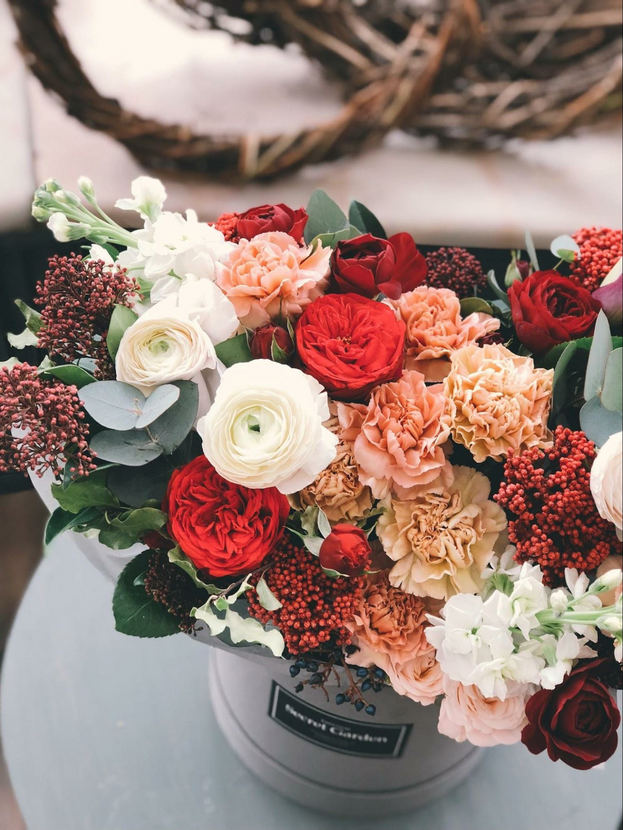
Introduction
Blossoming in colourful vibrancy, flowers have not only painted our gardens with enchantment but have also rooted themselves deeply within the global economy. Beyond their aesthetic and symbolic significance, these delicate entities have fortified their presence in trade and advertising, holding a steady bouquet of influence in the business realm. This article meanders through the flourishing floral industry, highlighting its burgeoning significance in global trading and the intricate way it intertwines with brand marketing.
The Floral Economy – A Global Overview:
When one imagines the flower industry, images of a local florist carefully arranging a bouquet might come to mind. However, behind these delightful arrangements lies a massive global industry that thrives on a complex web of cultivation, transportation, and sales. The vast networks required to sustain this industry span continents, connecting growers, distributors, and consumers in a harmonious cycle. With changing seasons across the globe, there’s always a flower in bloom, ensuring a year-round supply and demand.
One only needs to consider the numbers to grasp the sheer magnitude of the flower trade. The global cut flower market is estimated to be worth billions, with key players like the Netherlands, Colombia, and Kenya driving exports. For instance, Amsterdam’s Aalsmeer Flower Auction sees millions of flowers traded daily, destined to brighten homes thousands of miles away. Such a scale requires logistics marvels, innovative storage solutions, and a keen understanding of diverse consumer preferences.
This industry doesn’t just bloom at the international level. Local florists and flower markets play a pivotal role, injecting billions into the economies of their respective countries. Such businesses offer employment and add to the local cultural tapestry, crafting arrangements that reflect regional tastes and traditions. They are the faces that bring global trends to neighbourhood streets, making the world a bit more connected, one bouquet at a time.
Brands in Bloom – How Companies Use Flowers in Advertising:
Flowers, with their myriad of colours and fragrances, aren’t merely objects of beauty but symbols. Over the years, brands have adeptly leveraged this symbolism, integrating flowers into advertising campaigns to convey powerful messages. These floral symbols can speak the language of emotions, transcending linguistic barriers and resonating with universal sentiments.
Take, for example, the iconic Chanel No. 5 advertisement. Beyond the brand’s luxurious persona, the perfume’s deep association with May roses and jasmine creates an aura of sophistication, timeless beauty, and pure allure. In this context, flowers aren’t just background props; they become ambassadors of the brand’s identity. Their inclusion often turns an ordinary advertisement into an evocative visual narrative.
In the tech realm, Apple’s ‘Flower’ wallpaper for the iPhone brought a touch of nature’s elegance to the digital world. It wasn’t merely about aesthetics; it subtly emphasised the device’s advanced display capabilities and colour richness. Just as tech pushes boundaries, flowers in these settings bring a sense of calm, anchoring the cutting-edge with the timeless beauty of nature.
Such advertising strategies underscore the versatility of flowers as communicative tools. They can evoke emotions, ranging from love and passion to freshness and rejuvenation, making them potent allies for marketers aiming to strike a chord with their audience. Big or small, brands can flourish by intertwining their narratives with nature’s delicate creations.
The Rise of Online Floral Marketplaces:
In the age of digitalisation, even flowers couldn’t resist the allure of the online world. The advent of online floral marketplaces that compete in the international flower delivery sphere has transformed how flowers are bought and sold and revolutionised the customer experience. Convenience meets elegance as users can browse vast collections, often accompanied by vivid descriptions and care instructions.
Digital platforms like 1-800-FLOWERS or Bloom & Wild offer a vast selection, allowing users to send flowers across continents with just a few clicks. The streamlined and efficient process caters to the contemporary customer’s needs – immediacy, variety, and customisation. These platforms also leverage technologies like AI to suggest bouquets based on occasions or recipient preferences, adding a layer of personalisation to the shopping experience. Augmented reality features in some platforms even allow customers to visualise arrangements in their space before purchasing.
Furthermore, with the integration of reviews and customer feedback, these online floral marketplaces have fostered a community where trust plays a pivotal role. The transparent nature of digital platforms ensures that businesses remain accountable, fostering an ecosystem where quality and customer satisfaction bloom. With innovative features and ever-evolving interfaces, the future of online floral trading promises to be as vibrant as the flowers.
Conclusion
From the tranquil gardens to bustling global markets, the journey of a flower is as mesmerising as its beauty. Their profound impact extends beyond aesthetics, weaving into the fabric of our global economy and the creative minds of advertisers. Flowers have shown their resilience, adaptability, and timeless appeal in the ever-evolving business world. As we reflect on their multifaceted influence, from trading hubs to iconic advertisements, it becomes abundantly clear that flowers command a formidable presence in commerce in all their delicate glory.




 POSTED BY
POSTED BY 

